Le lift at padel is an effect which gives the ball a more rounded bounce and which accelerates upwards after the impact on the ground but also on the glass.
Problem the lift can be an effect that will backfire if your ball is not pressed enough.
Why use the lift at padel ?
During training padel, we sometimes hear teachers say that you should ban the lift from your list. It's a cartoonish image, but if the teacher tells you so, there are several reasons for this. Before discussing the dangers of a move, however, we will tell you why this move is nevertheless used during games of padel :
- You can use the lift during returns, to play especially in the feet of volleyball players.
- It is sometimes used in service to surprise the turner and break the rhythm a little
- And of course, the lift is also used in smash to get the ball out. We rather talk about kick with a side effect which allows the ball to have a slightly lateral allowing the realization:
- From a PAR 3, that is to say that the ball leaves the ground after the bounce on the back wall
- Smash on his side: The smash hits the back wall of the opponent and then returns to his side. Attention the lift has an interest in being strong otherwise the opponent may back-smash you!
Precisely, we will see the dangers of this famous lift.
What are the dangers ?
If the lift is misused, it can backfire. Be careful to control this effect with the greatest caution.
When you start or come from tennis, “immediately forget your very closed snowshoe grips, Sergi Bruguera”We hear in some academies. Because the penalty will be simple: One against your opponents using the weight and speed of the ball against you.
And especially this type of balls can allow your opponents to catch the net quietly.
In reality, if you have facilities with the lift, keep it preciously in stock. It will serve you in many circumstances and sometimes in the small game, in the half-volley, or even trying to play with the grids.
But keep in mind that in general, the players play rather cut to precisely give an effect to the ball towards the ground and to force your adversaries to bend the legs to catch the balls.
The lift can intervene to conclude a point or surprise after an exchange. But its use should not be done consistently.
Lift conditions
The lift can therefore occur during a lifted smash, a forehand or lifted backhand.
On returns, the flick of the wrist can make the difference and surprise your opponents by forcing them to fetch the ball away, that is to say very close to the net.
And obviously when you're at the net, the lifted smash can be the weapon that concludes the point.
But here too, be careful not to play the ball too much behind you and put a minimum speed on your ball, otherwise your opponents will be happy to counter your ball.
Franck Binisti discovers the padel at the Club des Pyramides in 2009 in the Paris region. Since padel is part of his life. You often see him touring France going to cover the major events of padel French.




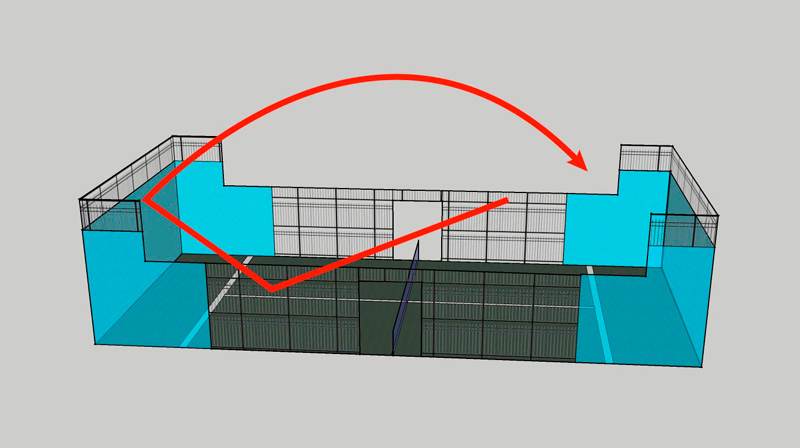











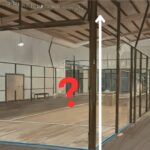
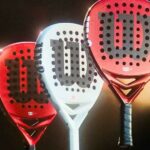



















































































 Premier Padel Brussels P2 – Who are the favorites for the men’s final?
Premier Padel Brussels P2 – Who are the favorites for the men’s final? P1000 PadelShot Saint-Étienne – A Hugounenq/Vincent – Authier/Sanchez final to come
P1000 PadelShot Saint-Étienne – A Hugounenq/Vincent – Authier/Sanchez final to come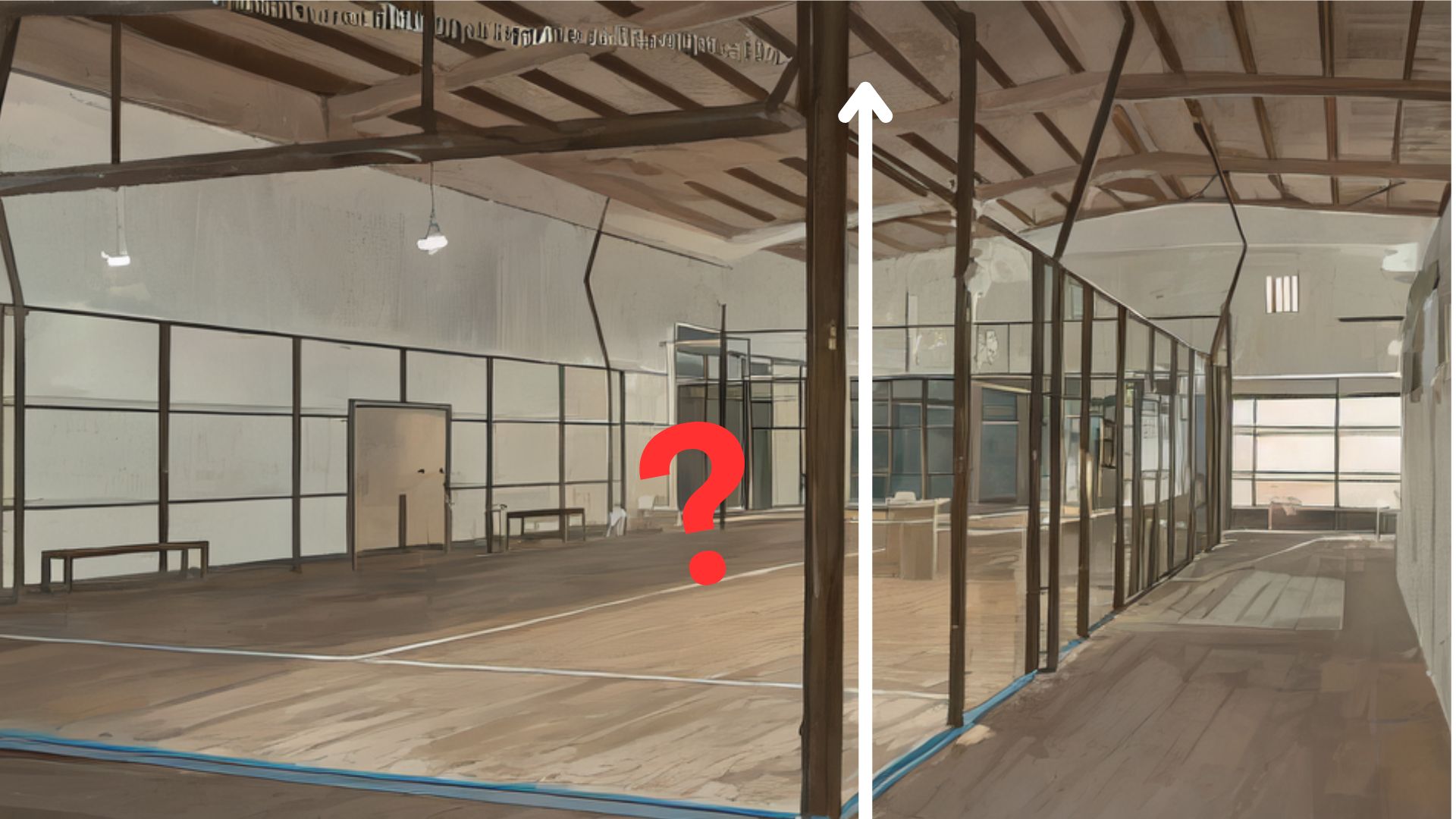 Find out everything about the dimensions of a plot of land padel
Find out everything about the dimensions of a plot of land padel Guillaume Codron de Sud Padel : “A family project”
Guillaume Codron de Sud Padel : “A family project” Nallé Grinda: “Democratize the padel in the USA with PadelX "
Nallé Grinda: “Democratize the padel in the USA with PadelX " Simon Boissé: “We know that there are two nations in front of us”
Simon Boissé: “We know that there are two nations in front of us” Marie Maligo: “This period of frequent changes of partners was beneficial for me”
Marie Maligo: “This period of frequent changes of partners was beneficial for me” P1000 PadelShot Saint-Étienne – Watch the Hugounenq/Vincent – Seux/Courrin semi-final live
P1000 PadelShot Saint-Étienne – Watch the Hugounenq/Vincent – Seux/Courrin semi-final live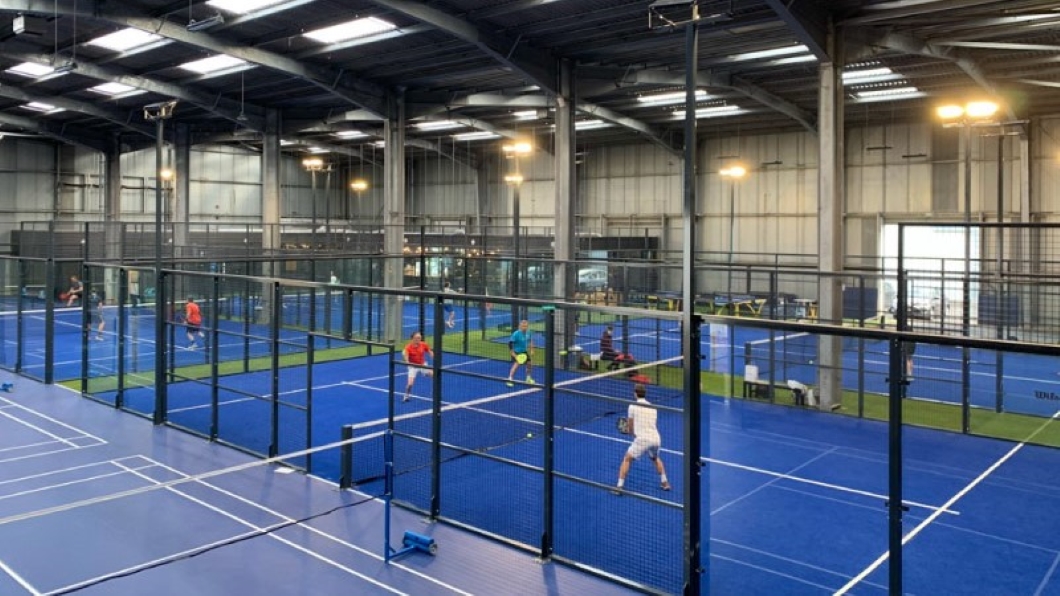 P1000 PadelShot Saint-Étienne – Follow the surprise poster Vincent/Hugounenq – Couturier/Benmergui live
P1000 PadelShot Saint-Étienne – Follow the surprise poster Vincent/Hugounenq – Couturier/Benmergui live The All Star Tour returns on May 16 at the All In in Lyon
The All Star Tour returns on May 16 at the All In in Lyon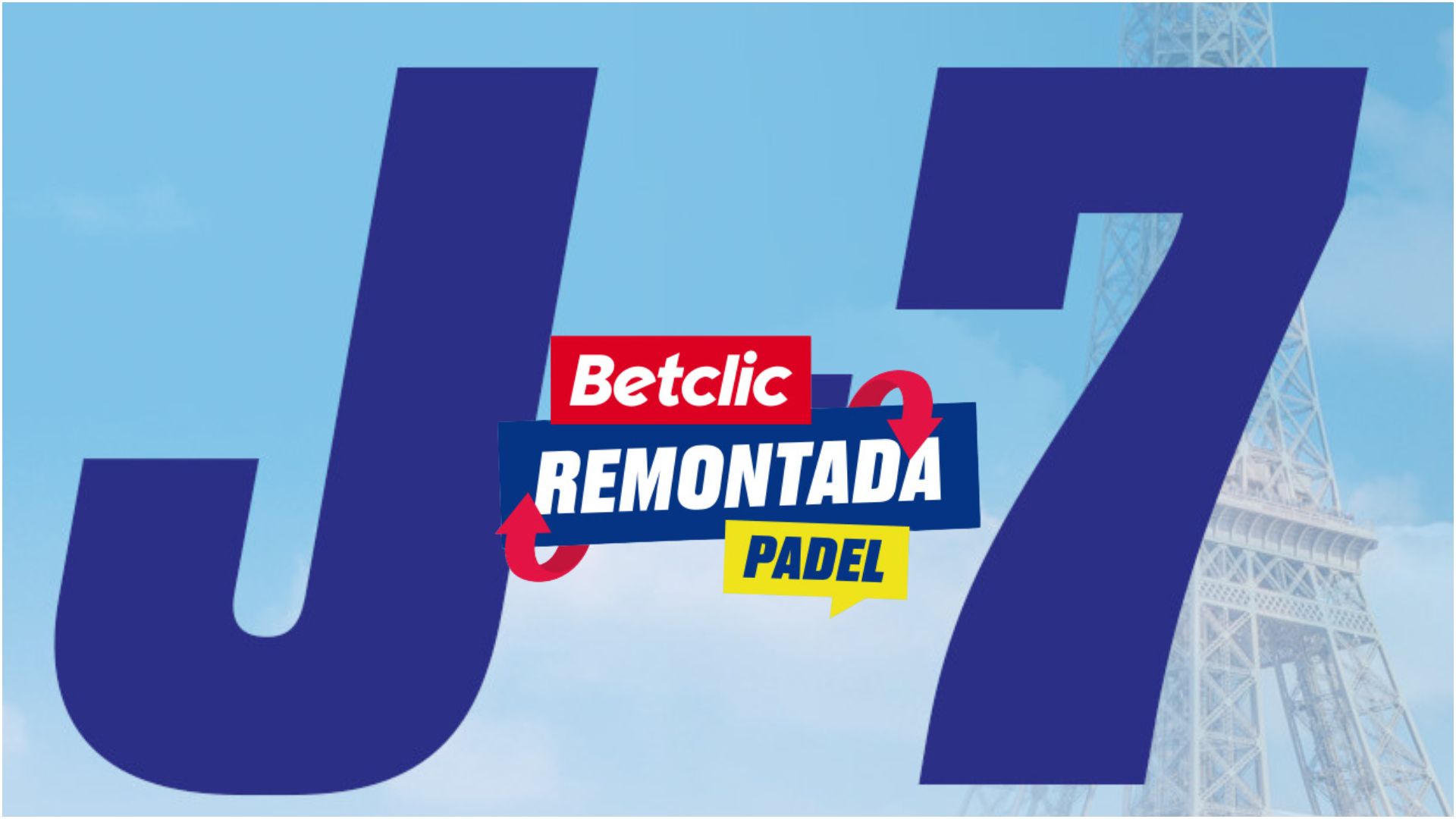 D-7 of the “BetClic Remontada Padel”, at the foot of the Eiffel Tower
D-7 of the “BetClic Remontada Padel”, at the foot of the Eiffel Tower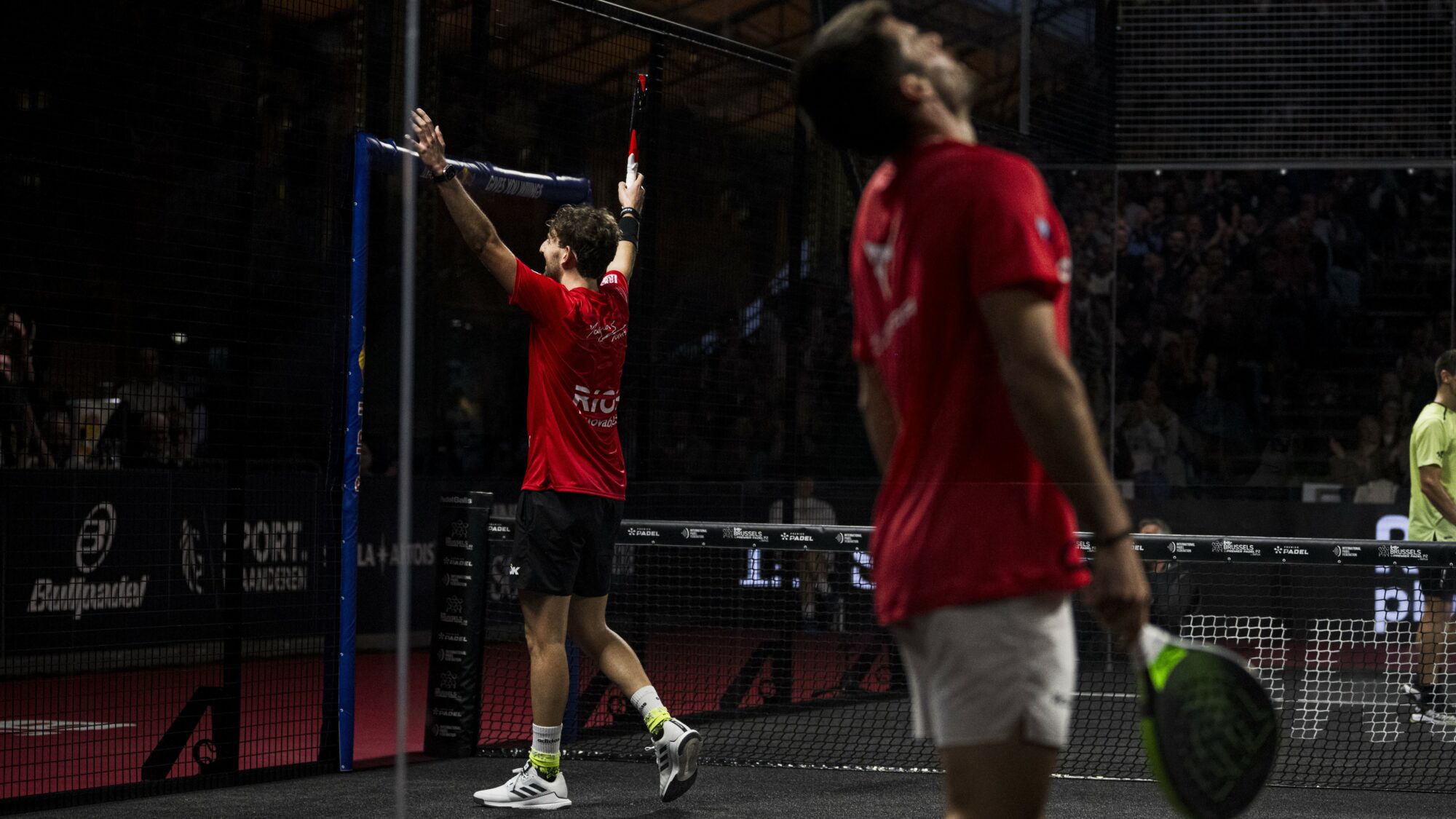 Obviously, Javi Garrido's service does not please Mike Yanguas...
Obviously, Javi Garrido's service does not please Mike Yanguas... Premier Padel Brussels P2 – It’s time for the long-awaited finals!
Premier Padel Brussels P2 – It’s time for the long-awaited finals!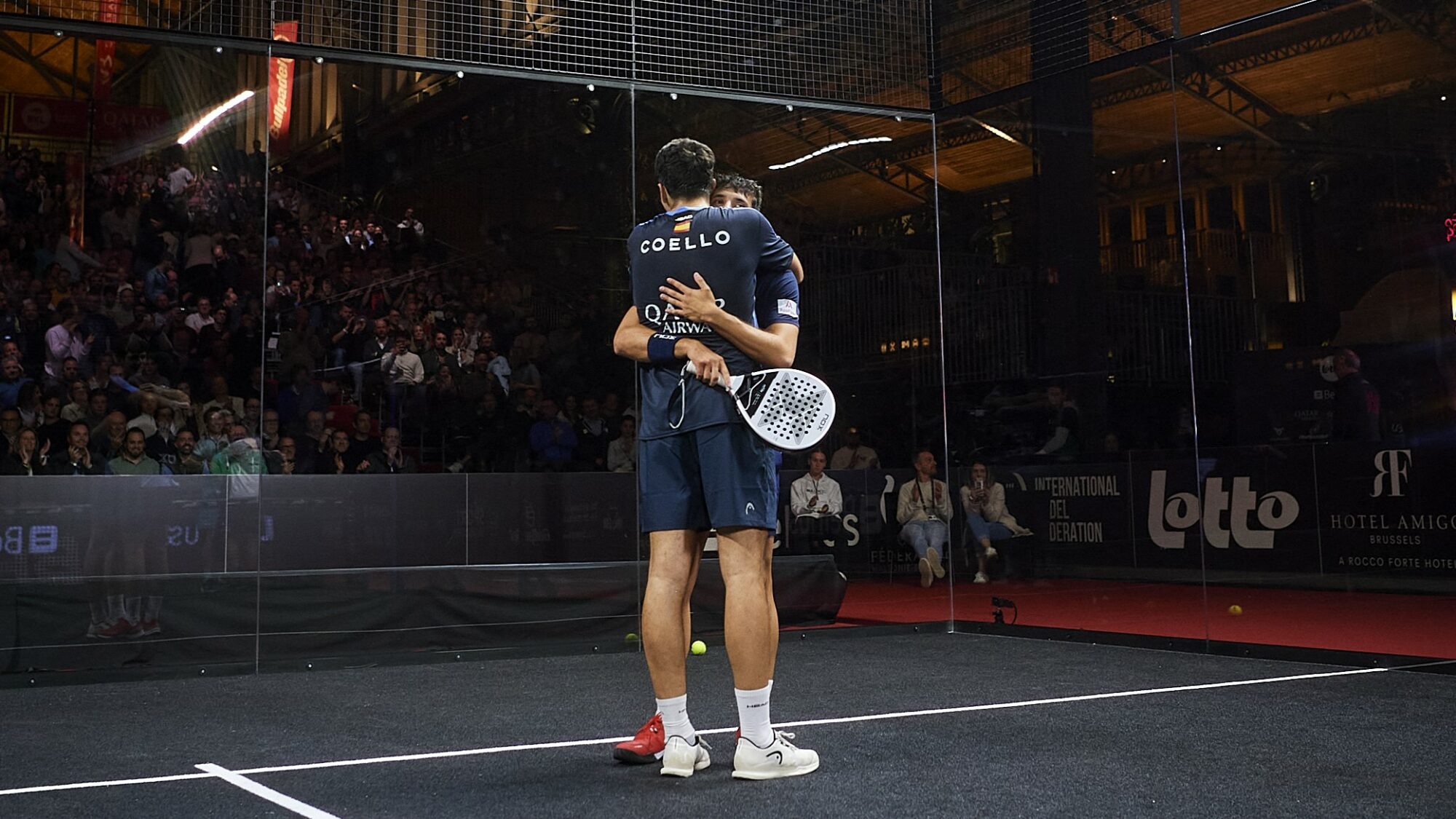 Premier Padel Brussels P2 – Arturo Coello and Agustín Tapia… obviously
Premier Padel Brussels P2 – Arturo Coello and Agustín Tapia… obviously Premier Padel Brussels P2 – Brea/Gonzalez wins the arm wrestling against Salazar/Icardo
Premier Padel Brussels P2 – Brea/Gonzalez wins the arm wrestling against Salazar/Icardo José Manuel Escin at the inauguration of Casa Padel DOS: “Finally, and thank you!”
José Manuel Escin at the inauguration of Casa Padel DOS: “Finally, and thank you!” Padel Score comes to Tahiti for American Express Padel Cup!
Padel Score comes to Tahiti for American Express Padel Cup! Do you know the Rafa Nadal Academy Tour?
Do you know the Rafa Nadal Academy Tour? Play at padel on his yacht? Possible for €233.000!
Play at padel on his yacht? Possible for €233.000!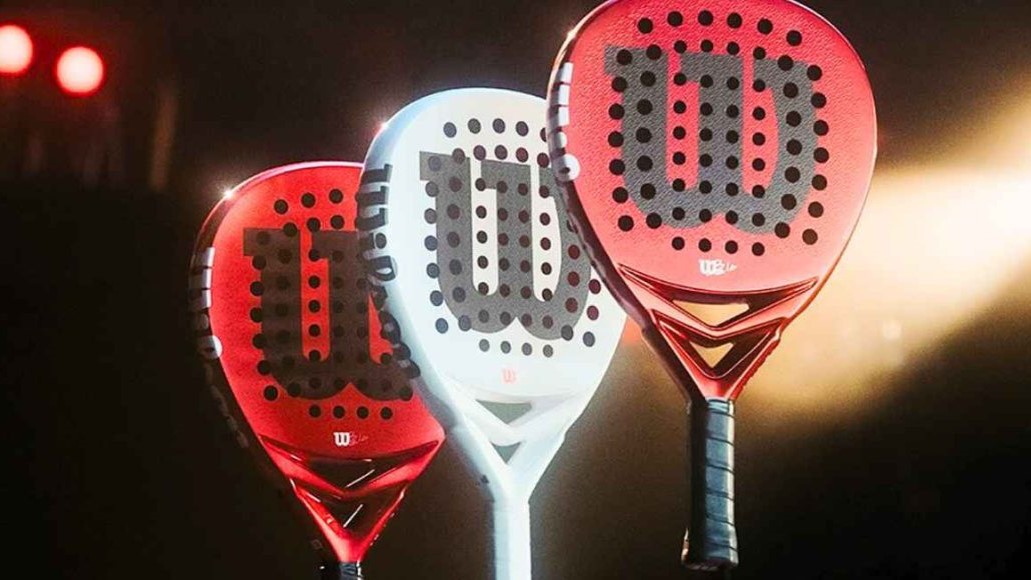 Presentation of the Wilson Bela V2.5 collection
Presentation of the Wilson Bela V2.5 collection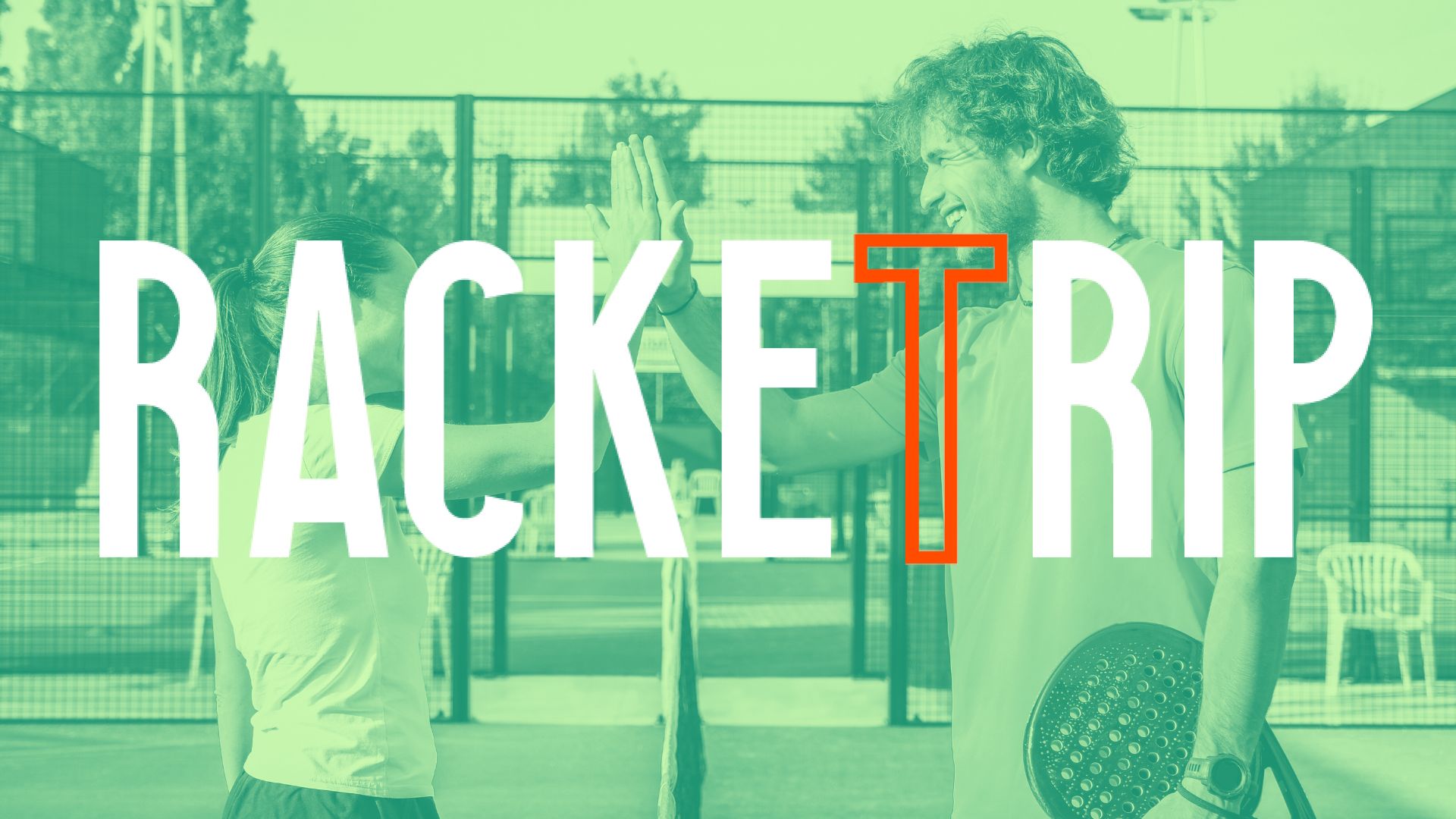 The LinkedIn of racquet sports: Racket Trip
The LinkedIn of racquet sports: Racket Trip The score at padel : manual
The score at padel : manual At the heart of padel – Episode 25: Paul and Andoni answer your questions
At the heart of padel – Episode 25: Paul and Andoni answer your questions At the heart of padel – Episode 23: defend the window well
At the heart of padel – Episode 23: defend the window well Prohibition on playing topless Padel : the reasons
Prohibition on playing topless Padel : the reasons FIP Tour – Going far from Europe, THE strategy to earn points!
FIP Tour – Going far from Europe, THE strategy to earn points! What is a good football player? padel ?
What is a good football player? padel ? “Lefties give me headaches when I play against them!”
“Lefties give me headaches when I play against them!” At the heart of padel – Episode 14: how to earn points in winter?
At the heart of padel – Episode 14: how to earn points in winter? The basic tactics of padel
The basic tactics of padel A par 4 is always a winner...even if you manage to defend it!
A par 4 is always a winner...even if you manage to defend it! Carbon fiber VS fiberglass: what to choose?
Carbon fiber VS fiberglass: what to choose? How to effectively test a racket padel ?
How to effectively test a racket padel ? La padel to fight Parkinson's disease
La padel to fight Parkinson's disease Don't play with a cracked or broken racket, your body will thank you!
Don't play with a cracked or broken racket, your body will thank you! Michel Cymes: “The padel, physically, it’s serious!”
Michel Cymes: “The padel, physically, it’s serious!” Our Top 10 training courses padel in France and Europe
Our Top 10 training courses padel in France and Europe Jeremy Gala: “Promote the padel among young people in Belgium remains a challenge”
Jeremy Gala: “Promote the padel among young people in Belgium remains a challenge” The French Touch Academy organizes its selection day Padel-Study
The French Touch Academy organizes its selection day Padel-Study Report on the detection and training of younger generations
Report on the detection and training of younger generations